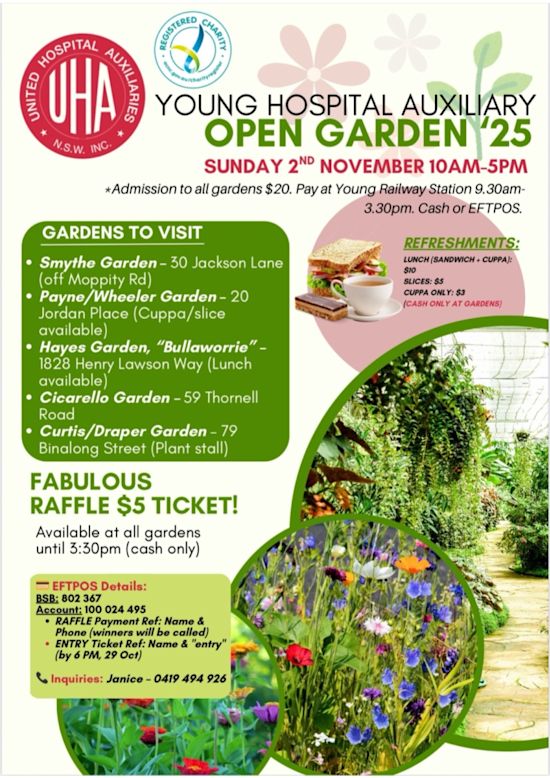Has the vibrant green of your plant’s leaves turned to a sallow yellow? While yellow leaves can be a normal part of the aging process, a significant amount of yellow leaves or yellowing on young foliage can be a distress signal from your plant.
Common causes of yellow leaves:
Watering:
Both underwatering and overwatering can lead to yellow leaves.
Underwatering can dehydrate your plant and lead to nutrient deficiencies, causing leaves to yellow. Overwatering can cause roots to rot, preventing your plant from absorbing nutrients, leading to yellow leaves.
Temperature
Plants can be sensitive to extreme changes in temperature and grow best in an appropriate temperature range for their type. Make sure you choose plants that are suitable for your climate zone and plant them in their preferred location e.g. full sun, part shade etc.
Light
Light is another reason leaves may yellow if your plant is not in a preferred location. Too much light can burn leaves and too little light slows down the rate of photosynthesis.
Nutrient deficiencies
Lack of nitrogen, iron or magnesium can lead to yellow leaves. A well balanced fertiliser can help to correct the deficiency.
Pests
Insects such as aphids and spider mites interrupt the flow of nutrients and chlorophyll production by sucking the sap from your plant. Use organic or chemical control measures to combat pests.
**Disease **
Yellow spots or yellowing can be a sign of a fungal or bacterial infection in your plant. Affected leaves should be removed, air circulation to the plant improved and determine whether to use a fungicide.
Visit plantandgardenhub.com.au for advice, ideas and more.
Brought to you by Plant and Garden Hub.
Stay Connected
Subscribe
Get in Contact
Hilltops News to your inbox
Sign up now for the latest news from the Hilltops Area direct to your inbox.








